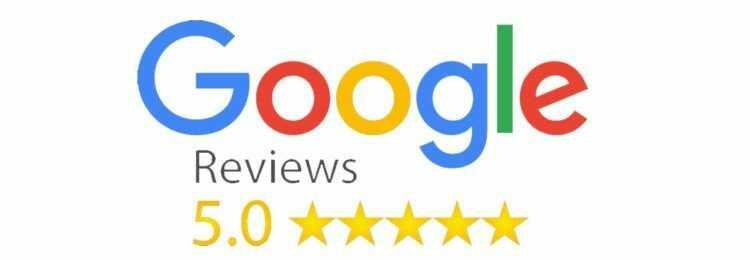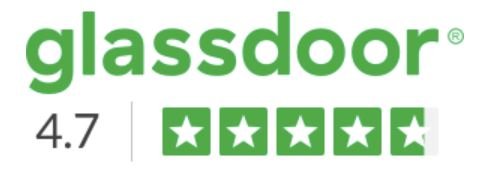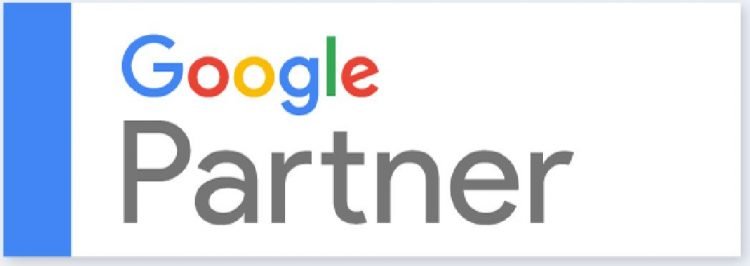Want the right tools and guidance to manage and grow your business in your inbox?
🚀 Subscribe to my blog and newsletter for game-changing insights, expert strategies, and insider tips on achieving unparalleled business growth! 🌐✨
Privacy protected | Opt out any time | No spam guarantee
Brands I have worked with
As clients and partners, some of the world's best companies have trusted me and my team to deliver on their expectations, with 50+ 5-star reviews from around the globe.

As seen on
I have contributed to some of the biggest publications on the web, and numerous others have quoted me for my expertise. You may have seen my articles featured on:










What others are saying

Team HypeGig, led by Hitesh Sahni, has been helping us with content marketing, and we are SO pleased with their work. They do solid research, and communicate very clearly. They also provide additional brand-boosting ideas. We are really impressed and looking forward to working with them for a long time to come!
Emma Cloutier, Tako Agency

We hired team HypeGig, led by Hitesh Sahni, to work on a new project. The team was responsible for creating multiple pieces of content per month. Their attention to detail and quality of writing is impressive. Emails are always prompt and work is always completed before the deadline. No hassles. I would highly recommend Hitesh and the team.
Rob Binns, Website Builder Expert

We wanted to improve our website's traffic and conversion rates through search marketing and blogging. Thanks to HypeGig's efforts, traffic increased by 36% per quarter, and the conversion rate improved by 95%. Throughout the engagement, the workflow was effective, and deliverables were finished on time or even earlier than the deadline.
Agata Krzysztofik, Piktochart

We have doubled our search traffic and conversions over a period of six months because of HypeGig's efforts. I have found HypeGig to be extremely thorough, and always following industry best practices. The founder, Hitesh is highly knowledgeable when it comes to search marketing. I have come to rely on Smemark as a valued partner.













